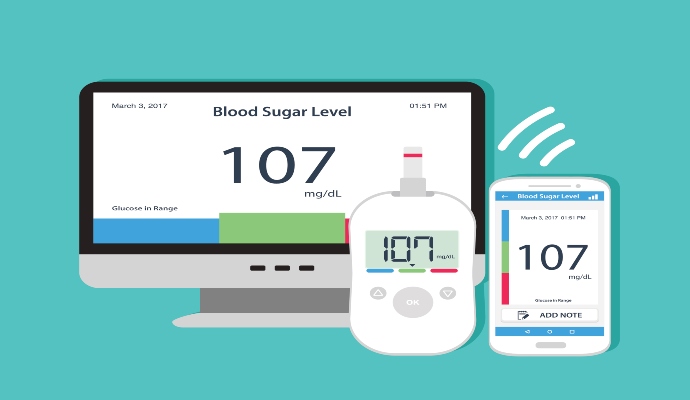Digital health tools fall short of improving type 2 diabetes outcomes
A new report questions the efficacy of digital health tools for type 2 diabetes, noting minimal clinical benefits and increased spending linked to their use.

Source: Getty Images
- Digital management tools targeting type 2 diabetes that use remote patient monitoring (RPM) and behavior and lifestyle modification approaches do not provide meaningful clinical benefits, according to a new report.
Released by the Peterson Health Technology Institute (PHTI), an independent organization evaluating healthcare technologies, the report assessed the clinical benefit and economic effects of digital tools for managing type 2 diabetes use. The report notes that type 2 diabetes is one of the most expensive chronic conditions in the United States, accounting for $413 billion of total healthcare spending yearly.
Thus, the digital tools that purport to help manage type 2 diabetes should demonstrate “clear, substantial, and durable progress toward glycemic control,” the report states.
PHTI examined eight digital tools addressing type 2 diabetes across three categories: RPM-based tools, which enable clinicians to track blood glucose levels remotely; behavior and lifestyle modification tools, which offer a mix of behavioral, clinical, and lifestyle modification programs to achieve glycemic control; and nutritional ketosis-focused tools, which aim to induce a state of ketosis in patients through dietary guidance and monitoring of glycemic and ketone levels.
The organization included tools from DarioHealth, Glooko, Omada Health, Perry Health, Teladoc Health, Verily, Vida, and Virta Health in the analysis. The analysis had two components: clinical effectiveness and economic impact.
To assess clinical effectiveness, PHTI conducted a systematic literature review of more than 1,100 articles. The researchers included 69 articles to evaluate findings on glycemic control, secondary health outcomes like cardiovascular risk factors, user experience, and health equity associated with digital diabetes tools.
They found that improvements in glycemic control resulting from digital diabetes management were minimal and short-term. Tools in the RPM and behavior and lifestyle modification categories result in a 0.23 to 0.60 percentage point reduction in HbA1c compared to usual care. Additionally, the minor improvements are not sustained over time.
Not only that, but researchers also did not find compelling evidence that these tools mitigate health inequities.
The economic analysis modeled estimates of US adults with type 2 diabetes across commercial, Medicare, and Medicaid health plans who were recommended to use a glucometer. The model accounts for the number of people eligible for digital diabetes management, the gross reduction in expected healthcare spending resulting from improved glycemic control, and the net impact on health system spending.
The PHTI research team observed that the minimal clinical benefits of digital health tools are accompanied by an increase in total health spending over one to three years. They projected that spending associated with RPM-based diabetes management tools would increase by $2,002 for commercial insurance patients, $1,011 for Medicare patients, and $723 for Medicaid patients.
Similarly, they estimated that spending linked to behavior and lifestyle modification tools would increase by $484 for commercial insurance patients, $513 for Medicare patients, and $574 for Medicaid patients.
“When these digital diabetes management tools launched more than a decade ago, they promised to improve health outcomes for people with diabetes and deliver savings to payers. Based on the scientific evidence, these solutions have fallen short, and it is time to move toward the next generation of innovation,” said Caroline Pearson, executive director of PHTI, in a press release.
However, that was one notable exception. Researchers found that nutritional ketosis tools are more likely to achieve meaningful clinical benefits, including diabetes remission, than other tools in the analysis.
Further, the report provides recommendations and best practices for digital health stakeholders, including that diabetes care providers should fully understand the performance of the digital tools they recommend and that digital health developers should aim for clinically meaningful improvements in glycemic control.
This research comes less than a year after a study revealed that diabetes patients want healthcare applications that are easy to use, patient-friendly, and assist with insulin dosing. Researchers included 92 participants in the study, 70 percent of whom had type 2 diabetes.
When asked about the features they would like to see in diabetes self-management apps, patients noted that efficiency, ease of use, and patient-friendly terminology are important.
They also emphasized that assistance with data monitoring and analytical insights surrounding blood glucose levels, which could guide behavior adjustments like reconfiguring their insulin dosage, are critical.
